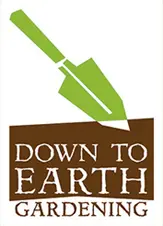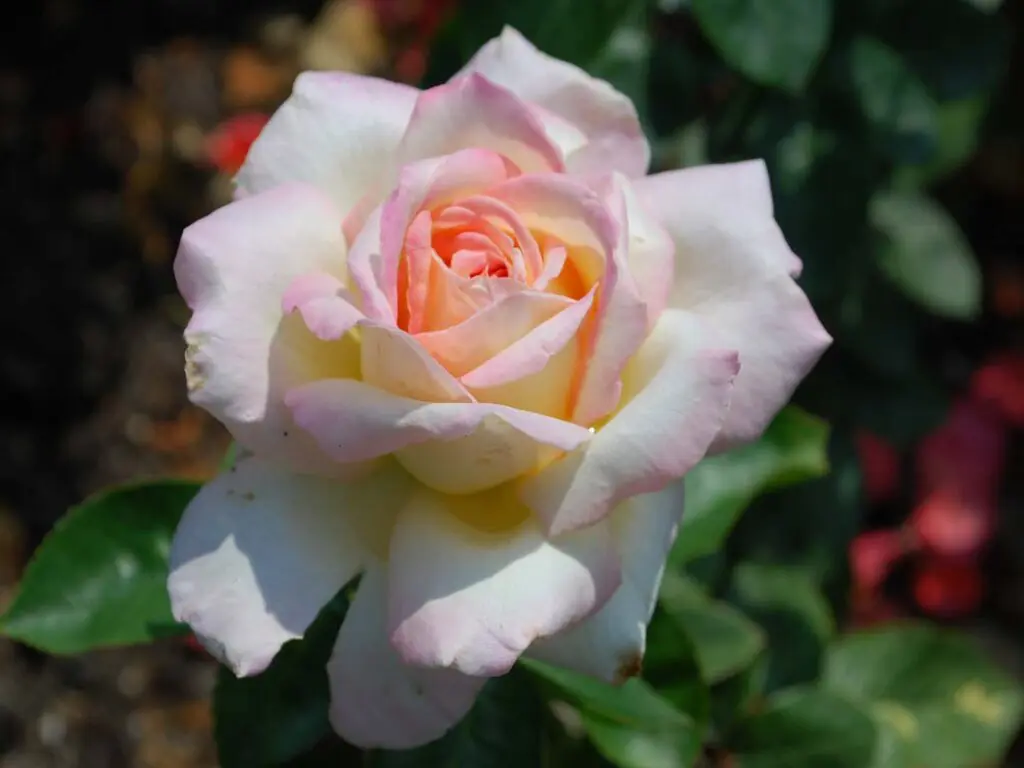Thyme

There are many varieties of thyme. The most popular culinary types are French and English Thyme (Thymus vulgaris), and Lemon Thyme (Thymus citriodorus).
Depending on how our winters go, this herb can be tricky to overwinter. Most of the time I start with a new plant each year.
Thyme is a low growing herb that likes sun and well drained soil. It tolerates drought and needs minimal watering. It is a perennial and the stems will become woody as the plant gets older. When that happens prune every couple of years in spring to get smaller tender stems. Thyme can also be grown in a container indoors in a very sunny area with well-drained soil and light waterings.
Thyme can be used fresh or dry. To harvest cut about 3 inches of the stems. Wash the stems under water, lightly blot dry, then strip off the leaves and use right away.
When drying, wash the stems and dry them on a paper towel. Then tie the stems together in a small bunch. Hang the bunch upside down in a warm, well-ventilated area away from direct light and moisture. You can also suspend the bunch in a paper bag with holes. The bag will catch any leaves that fall and the holes will help with air circulation. Once dry, strip the leaves off the stems and store in a sealed container.
To freeze, wash and dry the stems. Then remove the leaves and place on a pan in the freezer. When frozen transfer to a freezer bag for storage.




